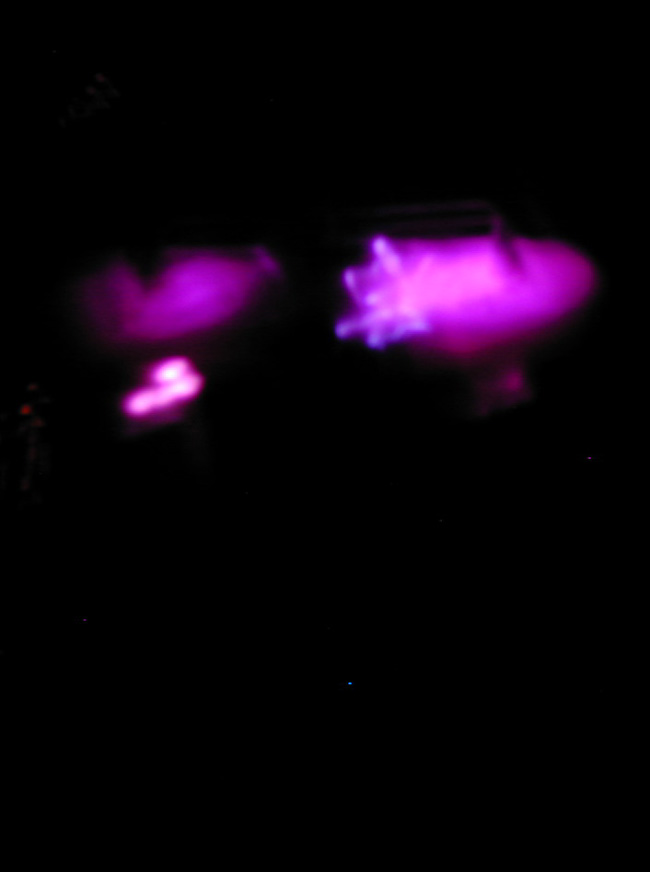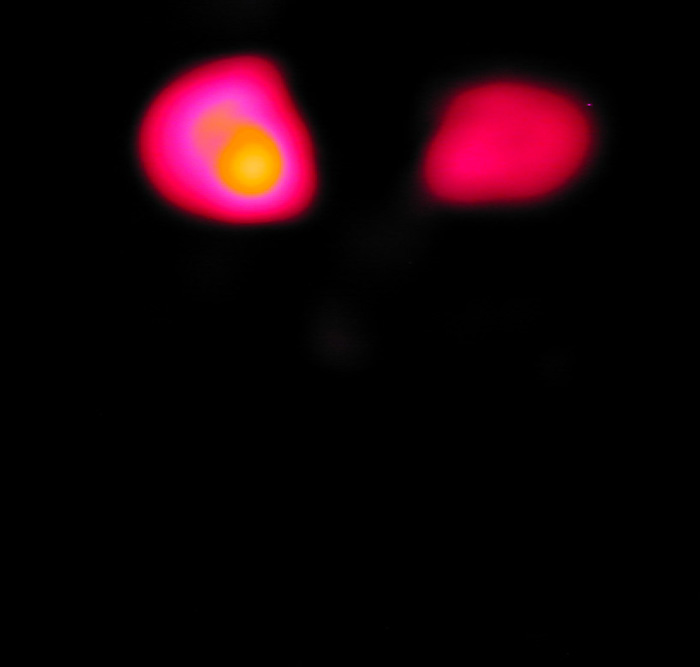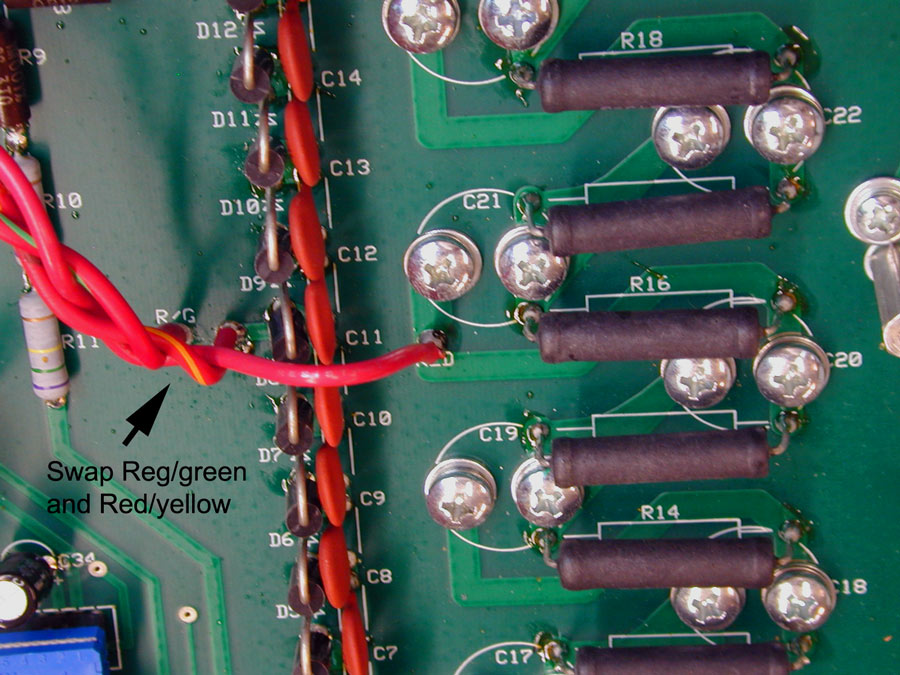|
Warning: If replacing tubes in an AL572 amplifier,
be sure to update the grid circuit and add voltage clamps on the
filament leads. |
Tests here have shown very little difference, if any difference, between
running 572B’s for several hours before full-voltage operation and the initial
voltage breakdown. The few tubes that seem to recover from prolonged filament
operation quickly revert back to original behavior after being cold for a few
hours.
Testing tubes requires a high voltage current limited source. I have a
0-15 kV variable voltage supply that limits at about 1 mA. Tube withstanding 10,000 volts without arcing or showing heavy plasma are
good to RF test.
I’ve successfully recovered tubes with a faint violet to purple glow, but not
red or orange glowing ceramic.
| Generally recoverable

|
Generally not recoverable

|
I separate 572B tubes by voltage breakdown and color of gas plasma. Tubes over 10kV breakdown without glowing ceramic or heavy plasma can be
considered good.
Tubes with 8kV breakdown that have heavy violet or purple glow originating in
streamers from sharp metal points can often be aged in.
Aging or Degassing Tubes
The AL80B and AL572 amplifiers have a way to age tubes in with low risk. To
age questionable tubes in, change the HV to the lower voltage tap:

Red/green connects to the diodes
Red/yellow floats
This reduces HV is reduced
to safe voltages for aging tubes.
After swapping leads, HV should be about 50% of normal. To age tubes, run
approximately half of rated dissipation for one hour. Run the plate
out-of-resonance, and use just enough drive power to obtain 200 mA with the
AL572 and AL80B.
|


